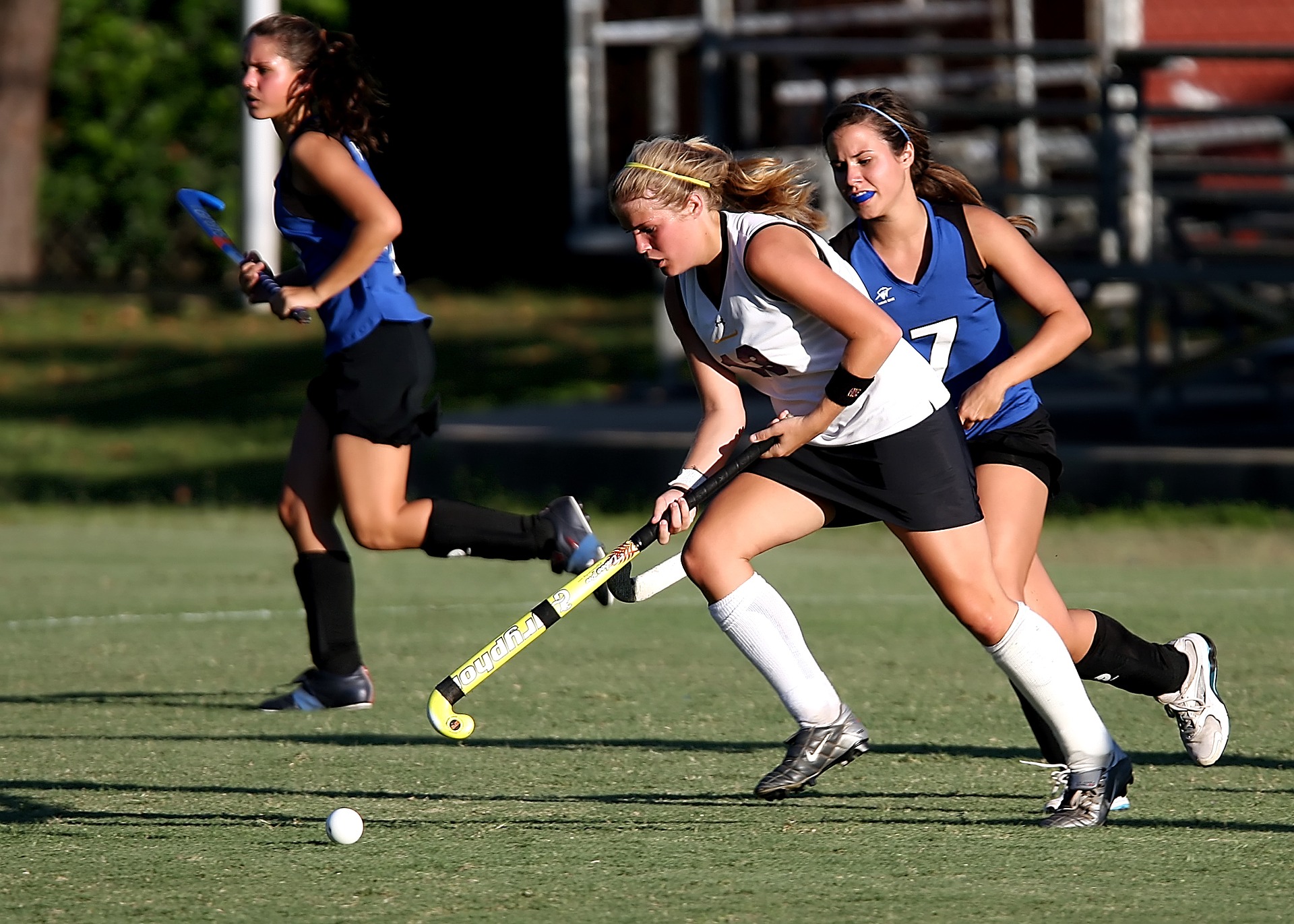Roller hockey, like its ice hockey counterpart, has its own set of protective gear. Gloves, padded leggings and jerseys, knee pads, helmets, and masks are examples. A goaltender is used in roller hockey, much as in ice hockey, and he can be rather fully wrapped up for protection. Let’s start with the fundamentals of inline hockey.
Inline hockey stakes
The game is played on skates, which are commonly inline skates with all four wheels “in line” on the bottom. The game moves at a fast pace because to the use of roller hockey skates. Inline skates, like ice hockey, require a lot of support. For quick motion and endurance, several of the wheels feature specifically engineered bearings. Inline skates start about $80 and quickly rise in price. A good pair of skates might set you back $700 or more.
Inline skates are usually worn a half-size smaller than regular shoes. You should try on your skates before purchasing them, but keep in mind that the distance between the rear of your heel and the skate should be no more than 14 inches. Toes should practically touch the inside of the skate’s front. When properly laced, your skates should feel tight and secure on your foot.
Avoid going too big, since this may result in blisters and unpleasant calluses. It should feel like your skate is an extension of your foot. For people who play goaltender, there are customized roller hockey skates.
Protection for shin, elbows, shoulders, and knees
Keep in mind that, similar to ice hockey, there will be a puck traveling at great speeds and people swinging hockey sticks capable of causing significant injury. Roller hockey equipment that protects against stick injuries, crashes, and falls is recommended. Consider that for a moment. If you were flying about on the pavement at 20 mph and fell, you may wind up with some major road rash. Prepare by wearing girdles with padding in the thighs, hips, and buttocks, as well as shoulder gear. Wear gloves to protect your hands.
Knee and elbow pads are also available. Because they cover the parts of the body that are most vulnerable to damage, they are essential pieces of roller hockey equipment for every player. When you fall, your knees and elbows usually absorb the majority of the impact.
Flying pucks and swinging sticks may be avoided with the use of a suitable helmet and mask. Goalies, in particular, require additional gear, including chest, leg, and arm protection. They’ll also be wearing a full-faced helmet with a mask.
Get the best roller hockey equipment
Now it’s time to have some fun! A puck, hockey sticks, and a goal or net are the last items necessary for a game of roller hockey. Because street hockey is played on flat surfaces like pavement and cement, players can utilize either balls or pucks.
Roller hockey equipment now includes specially designed balls and pucks for particular weather situations. These are non-bouncing balls that may be used at temperatures as low as 32 degrees with other balls that are 32 degrees or warmer. For hot weather play, one ball has been developed to withstand temperatures of 70 degrees or higher.
Roller hockey sticks resemble ice hockey sticks, but they are specifically developed for street use. Right-handed and left-handed sticks are available. Goalies, like ice hockey goalies, require somewhat different sticks since their duty is different from those who move the puck up and down the court. Inline hockey sticks differ from their ice hockey counterparts in several ways.
Finally, every game requires a goal. The goal, like in ice hockey, is a net, and the goaltender stands in front of it to keep the puck out. Nets available in a variety of sizes to suit the demands of the players. These are also available if a regulation 6 x 4 foot goal is required.

